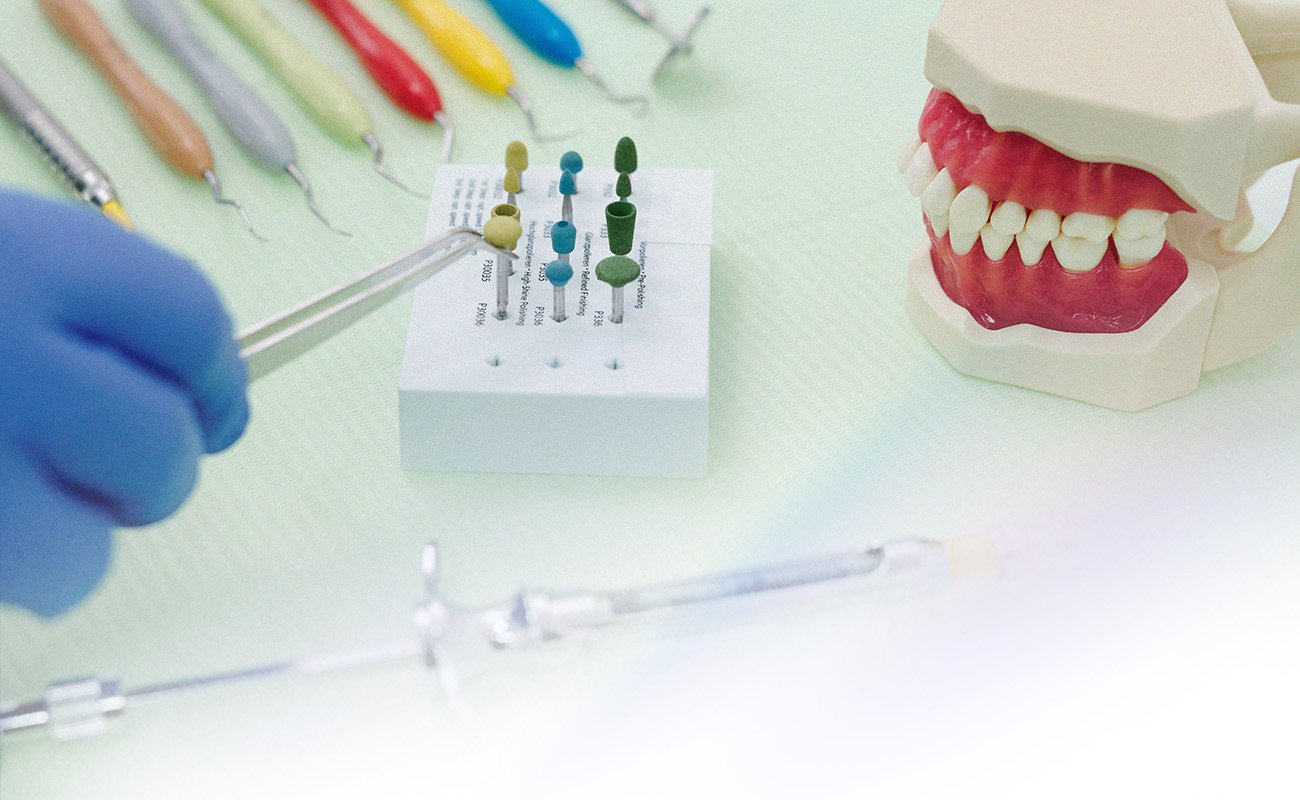When it comes to orthodontic treatment, there are several options available, but two of the most popular are traditional metal braces and Invisalign clear aligners. While both methods are designed to straighten teeth, patients often wonder which option takes longer. The answer to this question can vary depending on several factors, including the severity of the dental issue being addressed, the patient’s compliance with treatment, and the orthodontist’s experience and technique.
This article will explore both Invisalign and braces in greater detail, providing information on how they work, possible alternatives, and which could be more suitable for certain cases.
Which Takes Longer Invisalign or Braces?
In the realm of orthodontic treatment, the question of whether Invisalign or traditional braces require more time to achieve results is common. Typically, Invisalign is designed to offer a quicker solution for many patients, with treatment durations ranging from 3 to 18 months, depending on the complexity of the dental issues being addressed.
In contrast, traditional braces may necessitate a longer treatment period, often spanning 1 to 3 years, again depending on the specific orthodontic needs of the patient. This difference in treatment length can make Invisalign an appealing option for those seeking a faster path to straighter teeth.
It’s essential to consider, however, that the duration of treatment with either method can vary widely. Factors such as the severity of the dental condition, the patient’s age, and adherence to the treatment plan can all influence the overall timeline.
Worth Knowing
According to research published in Angle Orthodontist, conventional braces typically require more visits and longer treatment time, averaging 5.5 months longer than clear aligner therapy.
Invisalign Aligners – How They Work
Invisalign has transformed the field of orthodontics by introducing a modern and discreet way to straighten teeth and correct malocclusion. Instead of relying on traditional wires and brackets, this treatment uses a series of custom-made, nearly invisible plastic aligners to gradually shift the teeth into their desired position.
The treatment is applicable for a variety of dental issues, such as crooked teeth, gaps, overcrowding, and different types of bite misalignments including underbites, overbites, crossbites, and open bites. However, it’s important to recognize that Invisalign may not be suitable for the most severe orthodontic cases.
The Invisalign treatment process begins with an initial consultation with an orthodontist, during which a 3D scan is used to create a customized treatment plan. This includes determining the number of aligners needed and the anticipated length of treatment. After this is determined, a series of custom fit aligners are created.
Regular check-ups with the orthodontist are part of the treatment process to ensure the teeth are moving as planned. After completing the Invisalign treatment, the use of retainers is recommended to maintain the teeth’s new positions and prevent them from reverting to their original state.
See our review of Invisalign.
Braces – How They Work
Braces are an orthodontic appliance crafted to help adjust misaligned teeth and ensure optimal positioning. The designs include brackets bonded directly onto the surface of each tooth, connected via wires that deliver subtle pressure to shift the set into its proper places.
For those seeking a straighter smile, there are various types of braces to choose from including traditional metal, ceramic, and lingual. Traditional metal braces are the most common and affordable option, while ceramic braces are less noticeable and blend in better with the teeth. Lingual braces are placed on the back of the teeth, making them virtually invisible from the front.
Braces are used to correct a wide range of dental issues, including malocclusion, overbites, underbites, crossbites, and gaps between teeth and they are usually used for more severe orthodontic problems that cannot be corrected with clear aligners or other treatments. Treatment time varies depending on the severity of the orthodontic problem but usually takes between one to three years.
See our article: How to Fix a Snaggletooth?
The treatment process begins with a consultation with an orthodontist, who will determine the eligibility for treatment and a treatment plan. The braces are then fitted by placing the brackets on each tooth and connecting the braces with the wire. Regular check-ups with an orthodontist are required throughout the treatment process to monitor progress and make necessary adjustments. After the braces have been removed, patients usually need to wear a retainer to prevent teeth from shifting back.
See our article: Are Regular Braces Cheaper Than Invisalign?
Alternatives to Invisalign – How Do They Work? Are They Faster than Regular Braces?
NewSmile and Byte are alternative clear aligner brands to Invisalign that offer faster and less expensive treatment options compared to traditional braces. Their treatment times are similar to Invisalign, with an average of 6 to 18 months depending on the severity of the case. The clear aligners used by these brands utilize the same technology as Invisalign but allow patients to order aligners directly from home, eliminating the need for in-person visits to an orthodontist’s office for appliance fittings.
Moreover, they are much cheaper than Invisalign since there is no need for an orthodontist visit or complicated fitting procedures. Furthermore, companies like NewSmile, and Byte offer more direct access to customer support services which can make the treatment process easier and faster for patients. However, it’s important to remember that these home aligners are best for people who only need mild or moderate adjustments to their teeth.
The treatment process starts with an impression kit that is sent to the patient’s home. Some providers offer also 3D scans made by affiliated providers. The impression kit includes instructions, trays, and putty to make an impression on the teeth. Once the impression is complete, the patient sends it back to a dental team, who will use it to create a 3D model of the patient’s teeth. Customers then receive their aligners directly from their chosen aligner brand with clear instructions on how to use them. People typically wear their aligners for two weeks before switching out for the next set. Following the completion of the clear aligner treatment, patients are typically advised to wear a retainer to preserve their newly straightened teeth.
Here are the best clear aligners you can opt for:

AlignerCo
The cheapest at-home aligners, with monthly plans, no down payment, and considerable discounts.
Check out AlignerCo Aligners
Byte
An affordable option with refundable impression kits, free HyperByte, and a Byte for Life guarantee.
Check out Byte Aligners
Candid
A hybrid of in-office and at-home treatment that provides 1-on-1 orthodontist support.
Check out Candid AlignersAfter the Treatment – Keep Your Teeth Straight Using Retainers
After completing your braces or aligner treatment, using retainers is key to maintaining your new smile. Retainers are specially made devices tailored to fit your mouth and keep your teeth in place. They prevent your teeth from shifting back to their original positions, a common occurrence due to the natural movements of the fibers in your gums.
Initially, you may need to wear your retainer full-time for several months. After this initial phase, it’s typically recommended to wear the retainer only at night. The duration for wearing a retainer can vary from person to person, but to ensure your teeth remain straight, many orthodontists suggest nighttime use for an indefinite period. This long-term commitment helps protect the investment you’ve made in your orthodontic treatment and keeps your smile straight for years to come.
There are several different types of retainers available including Hawley Retainers which have a wired system on them, clear plastic retainers that fit over the teeth, and fixed bonded retainers that are fixed at the back of the teeth with a wire holding it in place.
See our article: What is the Difference Between Braces and Retainers?
Worth Knowing
A study featured in the American Journal of Orthodontics and Dentofacial Orthopedics reveals that two years after receiving their retainers, 19% of patients had stopped wearing them altogether, while 81% continued to wear their retainers at least once a week.
Are Aligners Faster than Braces? Conclusion
When seeking a solution to straighten your teeth, braces and Invisalign both offer good options. The primary difference between them is the timeframe, Invisalign tends to work more quickly than braces, though it is not as suitable for severe cases. Therefore, you should evaluate which method is most suitable for your specific situation before making a decision.
Additionally, if you are looking for clear aligners as an alternative to braces, don’t forget to check out other types of aligner brands and not just Invisalign as these are generally much more affordable and also offer an efficient, successful treatment for resolving issues with the teeth.
Frequently Asked Questions
How Long Does Invisalign Take to Fix an Overbite?
Each case of overbite is different but an average Invisalign treatment can correct issues anywhere from 6 to 24 months depending on the severity of the issue.
Sources
Buschang, P.H., Shaw S.G., Ross M., Crosby D., Campbell P.M., Comparative time efficiency of aligner therapy and conventional edgewise braces. Angle Orthod (2014). DOI: 10.2319/062113-466. Available online at: https://meridian.allenpress.com/angle-orthodontist/article/84/3/391/58505/
Tamer, I. et al. Orthodontic Treatment with Clear Aligners and The Scientific Reality Behind Their Marketing: A Literature Review. Turkish Journal of Orthodontics. 2019. doi: 10.5152/TurkJOrthod.2019.18083. Available online at: https://www.ncbi.nlm.nih.gov/pmc/articles/PMC7018497/
Ke, Y. et al. A comparison of treatment effectiveness between clear aligner and fixed appliance therapies. BMC Oral Health. 2019. doi: 10.1186/s12903-018-0695-z Available online at: https://www.ncbi.nlm.nih.gov/pmc/articles/PMC6343314/
Mortazavi, M., et al. An updated systematic review on the effectivity of clear aligner therapy: A review. Journal of Craniomaxillofacial Research. (2020). Available online at: https://www.researchgate.net/publication/349579223_An_updated_systematic_review_on_the_effectivity_of_clear_aligner_therapy

